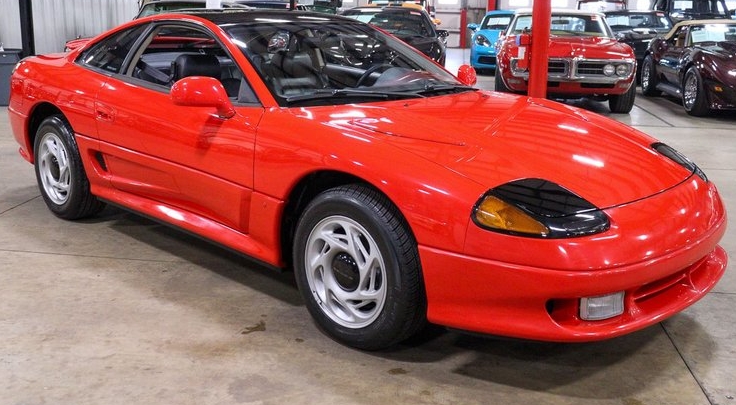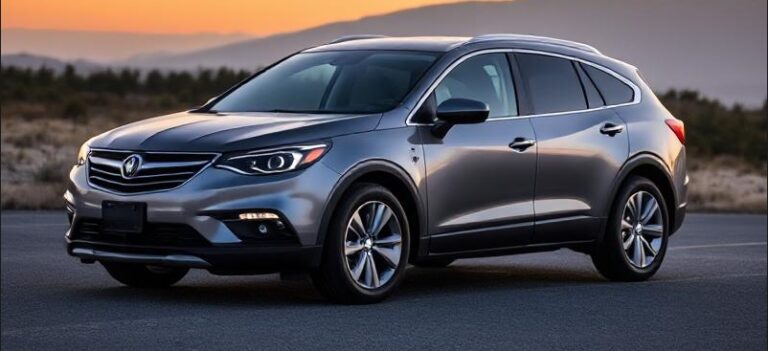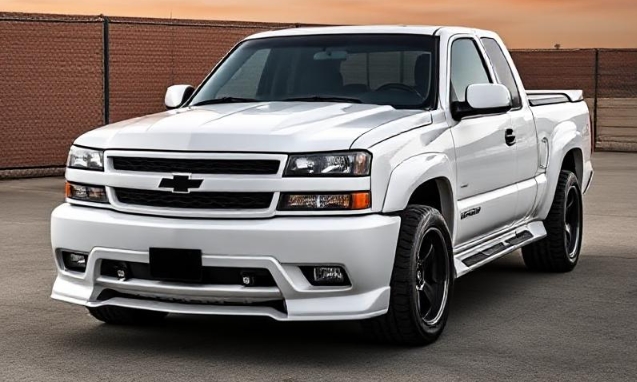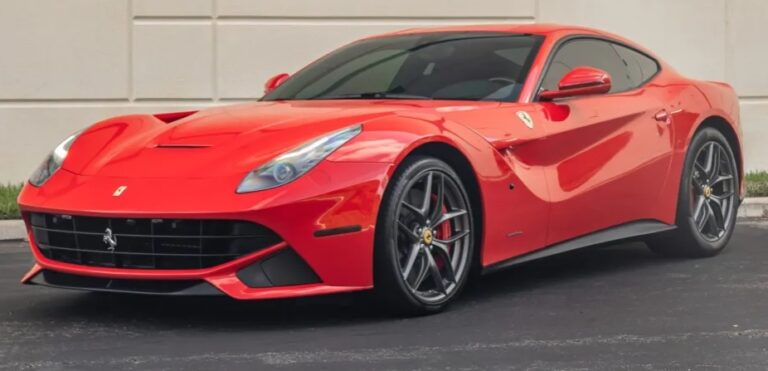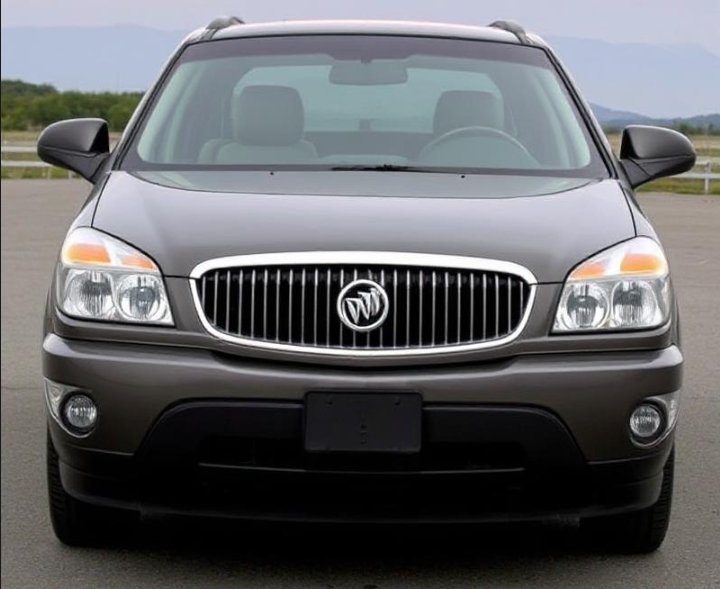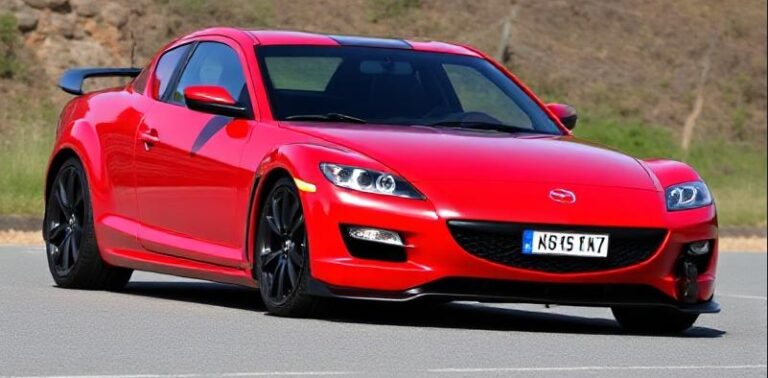The Evolution of the Ferrari F149
Ferrari, an iconic Italian automotive manufacturer renowned for its high-performance sports cars and racing pedigree, has a storied history of innovation and exclusivity. Among its lineup, the Ferrari F149 stands out as a significant chapter, representing a period of technological advancement, design evolution, and model diversification. This article provides an in-depth look at the Ferrari F149’s development, production timeline, and the various models and trim levels introduced from its inception to its conclusion.
Introduction to the Ferrari F149
The Ferrari F149 was introduced in the late 2000s as part of Ferrari’s effort to expand its lineup with a versatile, high-performance model aimed at bridging the gap between the traditional supercars and more practical GT offerings. Developed during a period of significant technological progress and market expansion for Ferrari, the F149 was designed to deliver the quintessential Ferrari driving experience with enhanced comfort and usability.
Production Timeline and Overview
Production Years: 2008 – 2015
The Ferrari F149 was produced over seven years, from 2008 until 2015, marking a substantial period during which Ferrari refined its engineering and design philosophy. Throughout its production, the F149 underwent several updates, model variations, and trim level adjustments to meet evolving market demands and technological standards.
The Initial Launch: Ferrari California (2008–2015)
The F149 was primarily known externally as the Ferrari California, a model that served as the first Ferrari with a front-mounted V8, a retractable hardtop, and a more relaxed yet sporty character. The California was introduced in 2008 and became a cornerstone of Ferrari’s lineup during its production run.
Key Features at Launch:
- Engine: 4.3-liter V8 (F136 E V8)
- Power Output: 470 horsepower
- Transmission: 7-speed dual-clutch automatic (F1 DCT)
- Drive Type: Rear-wheel drive
- Top Speed: Approximately 193 mph
- 0-60 mph: Around 3.9 seconds
- Design: Pininfarina styling with a folding hardtop
Evolution and Model Variants
Over its production span, the Ferrari F149/California received multiple updates, special editions, and trim level variations designed to enhance performance, luxury, and exclusivity.
1. Ferrari California (2008–2012)
The initial model, simply branded as the Ferrari California, established itself as a grand touring convertible with a focus on comfort and everyday usability without sacrificing Ferrari’s signature performance.
Notable Features:
- Introduction of the innovative folding hardtop mechanism
- Enhanced aerodynamics and chassis stiffness over early prototypes
- Interior upgrades, including improved infotainment and materials
2. Ferrari California 30 (2010–2012)
In 2010, Ferrari launched the California 30, an update to the original model, named to commemorate the 30th anniversary of Ferrari’s V8 engine.
Key Changes:
- Engine: Slight power increase to 483 horsepower due to revised intake and exhaust systems
- Performance: 0-60 mph in approximately 3.6 seconds
- Design: Minor exterior updates including new front grille, LED daytime running lights, and revised bumpers
- Interior: Additional customization options, upgraded infotainment system
The California 30 was aimed at rejuvenating interest and keeping the model competitive against emerging rivals.
3. Ferrari California T (2015)
The final and most significant evolution was the Ferrari California T, introduced in 2014 and launched in 2015 as a 2015 model year. This marked a new chapter for the F149 platform, featuring a turbocharged engine and further technological advancements.
Major Updates:
- Engine: 3.9-liter twin-turbo V8 (F154 EB)
- Power Output: 552 horsepower
- Transmission: 7-speed dual-clutch
- Performance: 0-60 mph in approximately 3.5 seconds; top speed around 196 mph
- Design: Slight exterior refresh with new headlights, front bumper, and rear diffuser
- Driving Dynamics: Introduction of Ferrari’s Side Slip Angle Control system (SSC2) for enhanced handling
The California T was positioned as a more practical yet still exhilarating Ferrari, emphasizing turbocharged efficiency and modern technology.
Trim Levels and Special Editions
Throughout its lifecycle, the Ferrari F149 platform saw the introduction of several special editions and tailored trim levels that accentuated exclusivity, performance, or luxury.
Standard Models:
- Ferrari California: The baseline model emphasizing versatility and comfort.
- Ferrari California 30: An upgraded version with increased power and styling enhancements.
- Ferrari California T: The turbocharged flagship of the F149 series, integrating advanced turbo technology and modern features.
Special Editions:
- Ferrari California 30 Australia Edition: Limited to the Australian market, featuring bespoke interior options and unique styling elements.
- Ferrari California 30 HS (Handling Speciale): An optional package introduced in 2012, focusing on improved handling characteristics, reduced weight, and sportier suspension tuning.
Customization and Personalization
Ferrari’s typical approach to exclusivity meant that many California models were highly customized by clients, with bespoke interior trims, paint colors, and performance packages. This level of personalization added to the model’s prestige and rarity.
Technological and Design Evolution
The Ferrari F149 series, especially from the California to the California T, showcases significant technological evolution:
- Engine Technology: Transition from naturally aspirated V8s to turbocharged units, reflecting industry trends toward efficiency without sacrificing power.
- Transmission: Consistent use of Ferrari’s dual-clutch F1 transmission, which provided rapid gear changes and seamless acceleration.
- Chassis and Suspension: Progressive improvements in chassis rigidity, adaptive damping, and electronic stability systems.
- Interior and Infotainment: Upgrades included touchscreen interfaces, premium materials, and bespoke customization options.
- Safety and Driver Assistance: Introduction of advanced driver assistance systems, including electronic stability control, side slip control, and parking sensors.
Design-wise, the California evolved subtly, maintaining Ferrari’s signature sleek lines while incorporating modern styling cues such as LED lighting and aerodynamically optimized bumpers.
.
Many car aficionados have multiple hobbies, like boating as well as auto stuff. Those who don’t already own a boat (and even some that do), may have thought about building their own boats. It’s really not as hard as you’d think. Just take a look at these easy boat building plans!

.
End of Production and Legacy
The Ferrari F149 platform concluded with the California T in 2015. The model’s success was marked by its ability to combine Ferrari’s racing DNA with everyday usability, appealing to a broader market segment while maintaining exclusivity.
The California and its subsequent versions are often credited with helping Ferrari broaden its customer base during the late 2000s and early 2010s. Its influence extended to subsequent Ferrari models, notably the Ferrari Portofino, which inherited much of the California T’s technical philosophy.
Summary
| Year | Model / Trim Level | Key Features |
|---|---|---|
| 2008–2012 | Ferrari California | Soft-top convertible, naturally aspirated 4.3L V8, 470 hp |
| 2010–2012 | Ferrari California 30 | Power bump to 483 hp, styling updates, handling package |
| 2015 | Ferrari California T | Turbocharged 3.9L V8, 552 hp, modern tech, improved performance |
Conclusion
The Ferrari F149 series exemplifies the brand’s commitment to blending high-performance engineering with innovative design and technological progress. From its inception as the Ferrari California to its final incarnation as the California T, the series evolved significantly, embodying Ferrari’s ability to adapt to changing market dynamics while preserving its core values of speed, style, and exclusivity.
The models and trim levels introduced throughout its production run reflect Ferrari’s strategic approach to catering to diverse customer preferences — from luxury grand touring to high-performance sports cars — all while maintaining the brand’s legendary heritage. Even after its discontinuation, the F149’s legacy endures as a pivotal chapter in Ferrari’s ongoing evolution.


